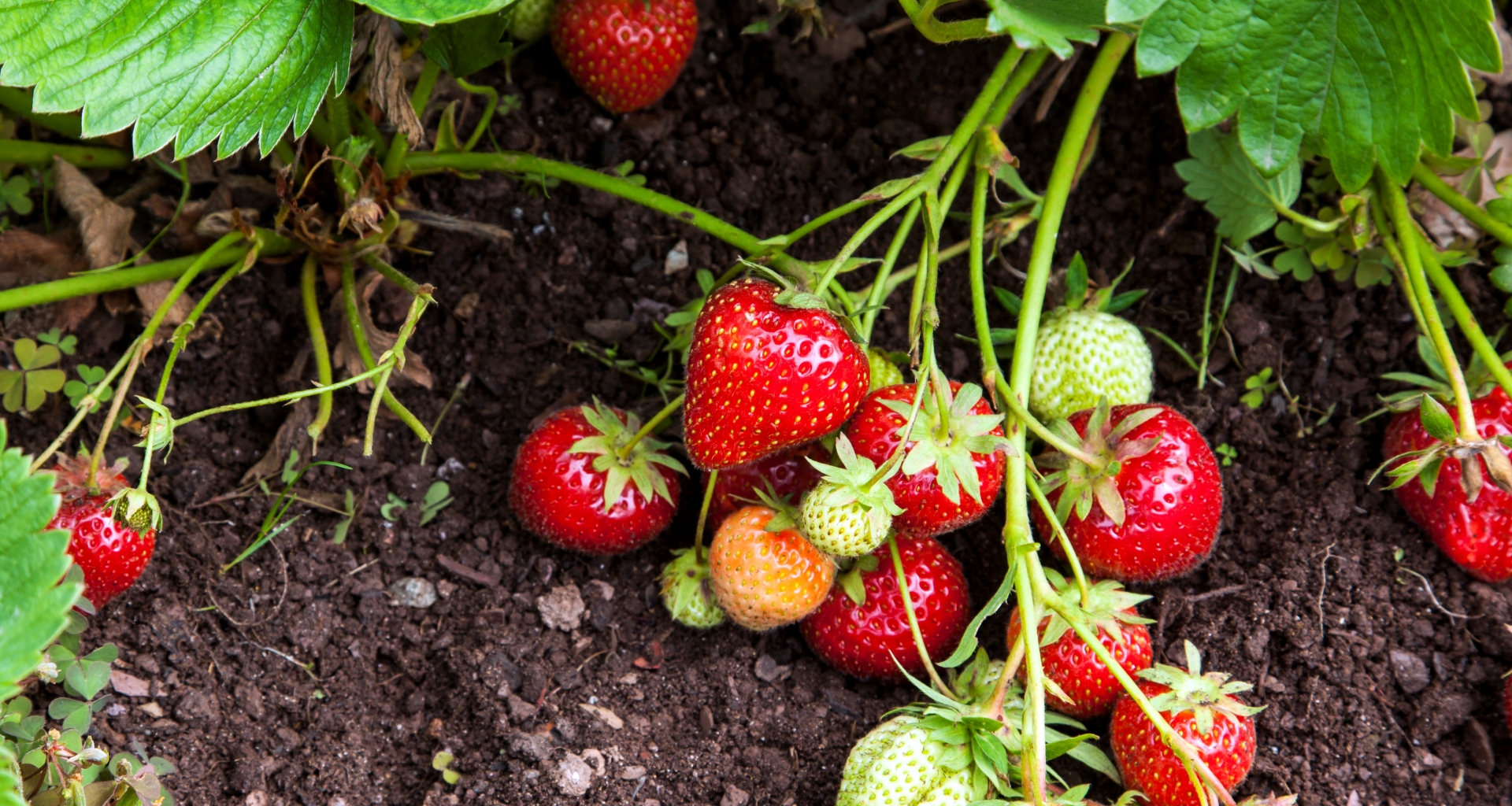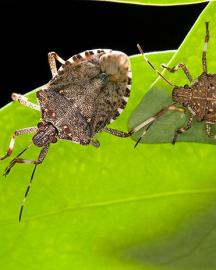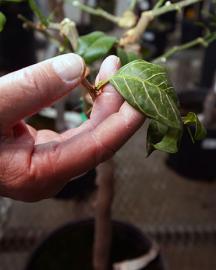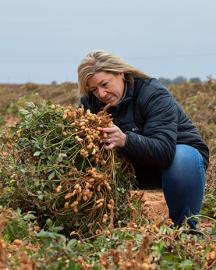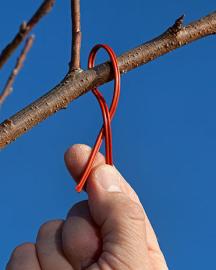Strawberry Fields Forever
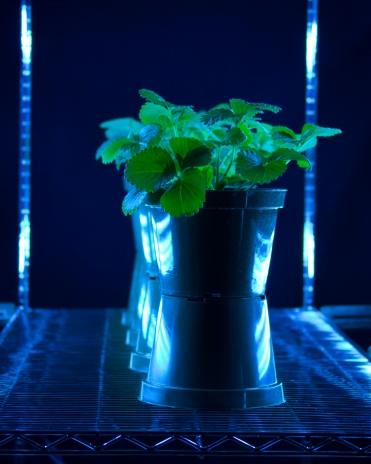
Nobody likes to see gray mold growing on the strawberries they just bought, including scientists at the ARS Appalachian Fruit Research Station in Kearneysville, WV. Fortunately, the scientists developed a way to control the mold while keeping the strawberries fresh and tasty. Gray mold is caused by the fungus Botrytis cinerea. Other common fungal diseases of strawberry include powdery mildew and anthracnose. These diseases have posed big problems for strawberry growers, and fungicides aren’t always an option or always effective.
The scientists effectively killed the microbes by exposing the plants to low levels of ultraviolet C irradiation, followed by a specific period of darkness and an application of two biocontrol yeasts. Their system, called PhylloLux, is safe to use on strawberries, and it can also control the two-spotted spider mite and the greenhouse white fly. The technology has potential use for other fruit and vegetable crops as well as ornamental plants and nursery stocks. The scientists are currently working to automate the technology for large-scale applications. The PhylloLux system would greatly reduce product loss to strawberry growers and processors and reduce pesticide use. It would also benefit consumers who lose strawberries to mold before they can eat the entire package.
Related Information
Article: Mold-free Strawberries? Yes, Please!
* Strawberry photo courtesy of Getty Images



